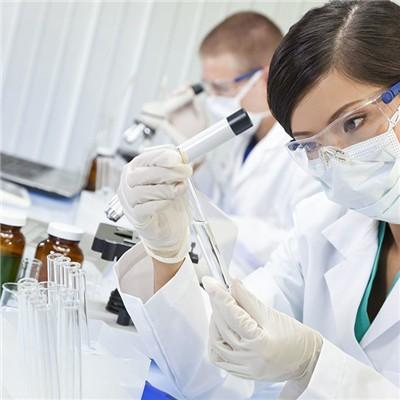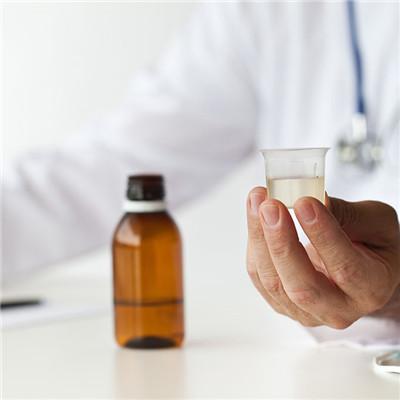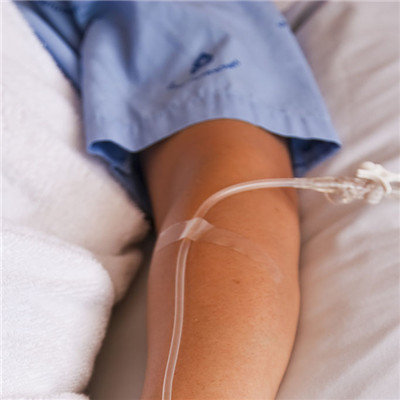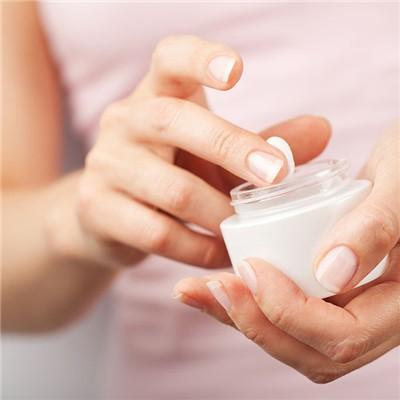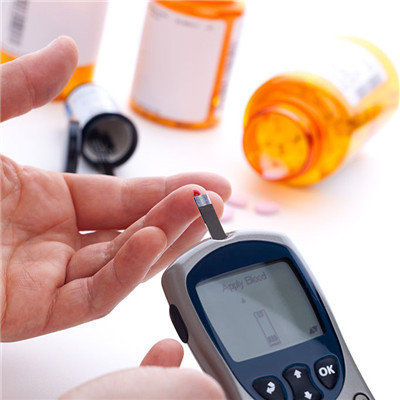Is neonatal Staphylococcus epidermidis serious?
summary
Staphylococcus epidermidis is a kind of bacteria that grow on the epidermis of organisms. It parasitizes on the skin and vagina of human body and belongs to normal flora type. Staphylococcus is a group of gram-positive cocci, often piled up into clusters of grapes, so it is called Staphylococcus epidermidis. Is neonatal Staphylococcus epidermidis serious? Let's talk about it
Is neonatal Staphylococcus epidermidis serious?
Neonatal Staphylococcus epidermidis is more serious, neonatal resistance is weak, Staphylococcus infection in the blood will lead to sepsis, there will be life-threatening. We should use antibiotics in time for anti-inflammatory and bactericidal treatment. General blood culture depends on the type of bacteria, about four or five days to know the results.
Staphylococcus epidermidis is a kind of opportunistic pathogenic bacteria, that is, it is parasitic in the human skin and mucous membrane. It is not pathogenic in the case of good body resistance. A positive culture does not mean septicemia. We need to look at the clinical symptoms of children. If there are no symptoms of infection, it may be specimen contamination. So it is suggested that we can do the second blood culture now. If it is negative, we can be discharged.
If the two tests are the same strain growth, it is clear that it is surface Staphylococcus infection, if it is caused by sepsis, it is recommended that treatment is needed, generally according to drug sensitivity treatment for 2 weeks.
matters needing attention
It is difficult to prevent reinfection because of weak immunity. Antibiotics should be used as early as possible. If there are purulent lesions, surgical incision and drainage or puncture drainage should be performed at the same time of systemic application of antibiotics.
